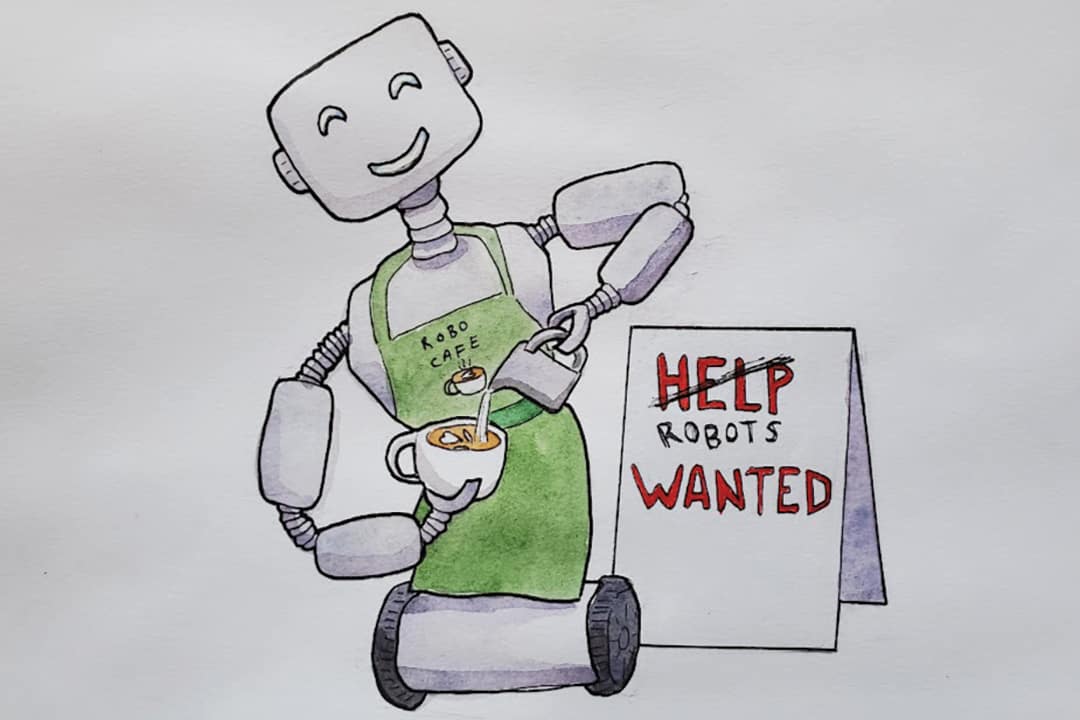If there’s one thing that seems to move faster than time nowadays, it is the pace of scientific innovation. New technology threatens to change everything in our lives, especially what is required of human beings in the labour market, as artificial intelligence (AI) and automation take over businesses.
The power of automation is real
Automation is when machines work to reduce human intervention in tasks. However, the idea is not just to replace, but to outperform, human labour. Enthusiasts of self-driving cars and AI-powered medical diagnoses boast of the superiority of automation, and how it could be more efficient, accurate, cost-effective, and timely than if these tasks were carried out by human labour. Computers are already better than us at chess and Go, and can even play complex games like Dota 2 pretty well.
The benefits of automation are manyfold — if adopted, automation could promise higher productivity and higher quality products and services, which would lead to economic growth and higher living standards, as we could produce more with less human effort.
Additionally, automation and machine learning may speed up further technological development when applied to research. For example, AI has been used to generate almost every protein structure possible.
Machines are replacing human creativity
Automation has changed the employment landscape several times throughout history. While many jobs, like those of word processors and switchboard operators, have disappeared due to technological innovations, many more have been created to service and create machines to satisfy new demands. As such, employment statistics have much more to do with the business cycle than waves of automation.
However, the argument goes that this time, automation will be different. While previous waves have replaced human manual labour, the next wave threatens to replace the mental and creative capacities previously thought to be unique to us. This ranges from the ability to receive and give language input and output, synthesize information, and much more.
Machines can write essays, compose songs, and generate digital art now. While workers on assembly lines were replaced with machines, those workers found new jobs operating machines. In the future, this monitoring — and even planning — can theoretically be automated, leaving humans redundant. Machines can potentially even replicate themselves: an AI can potentially be replicated by copying its own lines of code.
Thus, I believe that it is only a matter of time before most jobs become obsolete due to automation. When that time comes depends on how optimistic you are about the pace of technology. Given the massive scale of human labour redundancy, mass automation may eventually lead to large structural unemployment, which some economists have argued can potentially cause other issues like increased inequality and economic destabilization.
Job transformation versus job loss
A 2020 Statistics Canada study suggests that more than 10.6 per cent of Canadians’ jobs are at high risk of automation. It also shows, intuitively, that automation will affect people differently. Office support or manufacturing jobs are most at risk. Workers who are older, who work part-time, or who have lower income are all also at higher risk.
However, the strongest reason to scoff at the imminent mass unemployment scare is simple: studies conducted define the risk of automation purely by the possibility of automating a job. As the 2020 study wrote, “workers at higher risk may be more likely to experience job transformation, which may or may not involve job loss. The degree of job transformation will depend on the degree of adoption.” Adoption of new technologies in turn depends on how profitable it is to replace human labour with machines. For example, is it more profitable to replace cashiers with self-checkout booths?
The profitability of automation depends on many factors, such as the price of investing in different automating technology, the price of labour, and other constraints on businesses, perhaps from regulations or organized labour. These conditions are not set in stone, and we can determine them. The report published by Statistics Canada admits that, beyond technical feasibility, “it may be challenging to try to account for the actual probability that firms will adopt automation technology.”
It is best to liberate ourselves from the ‘technology versus employment’ dichotomy and realize that the future is up for grabs. The adoption of automation is not an unstoppable force, and we can and should control the pace of it.
One must also consider whether mass unemployment can be a good thing — after all, if humans are no longer needed for most tasks, why shouldn’t we be freed from our jobs or work fewer hours and enjoy more leisure time, while still enjoying the higher living standards brought about by automation? Perhaps ideas like a universal basic income or a four-day work week are but dawning realizations that our economy must change to suit our productive capacity. Automation may work for us, but only if we seize the initiatives to decide what this technology will mean for our society.


